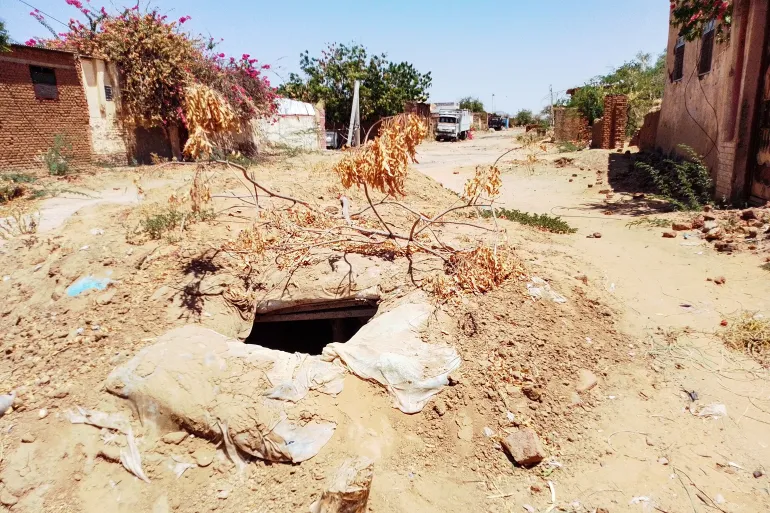The Integrated Food Security Phase Classification (IPC), the leading international authority on hunger crises, has disclosed that famine has been detected in el-Fasher in Darfur and Kadugli town in South Kordofan province of war-torn Sudan.
According to the IPC, twenty other areas in Darfur and Kordofan, where fighting has intensified in recent months, are also at risk of famine.
El-Fasher had been under siege by the paramilitary Rapid Support Forces for 18 months, cutting off much food and other supplies to tens of thousands of people.
Last week, RSF fighters seized el-Fasher, reportedly unleashing attacks that killed hundreds, though the scope of violence is unclear as communications are poor.
Kadugli town also has been under RSF siege for months with tens of thousands of people trapped, as the paramilitary group tries to seize more territory from its rival, the Sudanese military.
Since Sudan’s military retook the capital, Khartoum, earlier this year, the RSF has turned its focus to the Darfur region in the west, and on taking Kordofan to secure supply lines toward the country’s center.
The war has torn Sudan apart since April 2023. According to UN figures, more than 40,000 people have been killed but aid groups say the true number could be many times higher.
The fighting has driven more than 14 million people from their homes and fueled disease outbreaks. The latest IPC report said that el-Fasher and Kadugli have experienced “a total collapse of livelihoods, starvation, extremely high levels of malnutrition and death.”
The new report said that about 375,000 people had been pushed into famine in Darfur and Kordofan as of September, and another 6.3 million people across Sudan face extreme levels of hunger.
Famine is determined in areas where deaths from malnutrition-related causes reach at least two people, or four children under 5, per 10,000; at least one in five people or households severely lack food and face starvation; and at least 30% of children under 5 suffer from acute malnutrition based on a weight-to-height measurement or 15% based on upper-arm circumference.
The IPC has confirmed famine only a few times, most recently in northern Gaza earlier this year amid Israel’s campaign against Hamas. It also confirmed famine in Somalia in 2011 and South Sudan in 2017 and 2020.
The IPC previously declared famine in five locations in Sudan. There were sprawling refugee camps near el-Fasher that emptied as RSF troops advanced, with most people fleeing into el-Fasher or nearby towns. The other locations were in parts of South and West Kordofan provinces that have since also fallen into RSF hands.
The global hunger monitoring group warned that towns near el-Fasher, including Tawila, Melit and Tawisha, are at risk of famine. Thousands fleeing el-Fasher have been straggling into those locations in recent days, though aid groups worry about the fate of tens of thousands more who are either trapped in the city or have disappeared as they tried to flee.
Doctors Without Borders said last week that its aid workers in Tawila reported that most of those arriving there were women, children and elderly people “with catastrophic levels of malnutrition.”
It said that all of the 70 children under 5 who arrived on one day, October 27, were acutely malnourished, with 57% of them severe cases. The next day, it screened 120 adult men and one in five were malnourished, it said.
Sudanese arriving in Tawila have recounted running out of food during the RSF’s long siege of the city and scrounging for animal fodder to eat.
Ceasefire Deemed Measure To Contain Famine
Moreover, the IPC called for a ceasefire as the sole measure that “can prevent further loss of life and help contain the extreme levels of acute food insecurity and acute malnutrition.”
Across Sudan, the IPC said that more than 21 million people, or 45% of the population, faced acute food insecurity as of September, a 6% drop from the previous report which covered the period from December 2024 until May this year.
The drop was due to reduced conflict and improved humanitarian access in Khartoum, neighboring Gezira province and the eastern province of Sennar after the military regained control of Khartoum and Gezira, allowing more than a million displaced people to return home.
READ ALSO: 82.6% of Banks Expect Greater Financial Stability in 2026- BoG Survey























